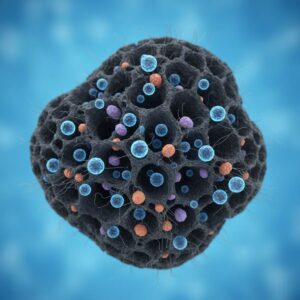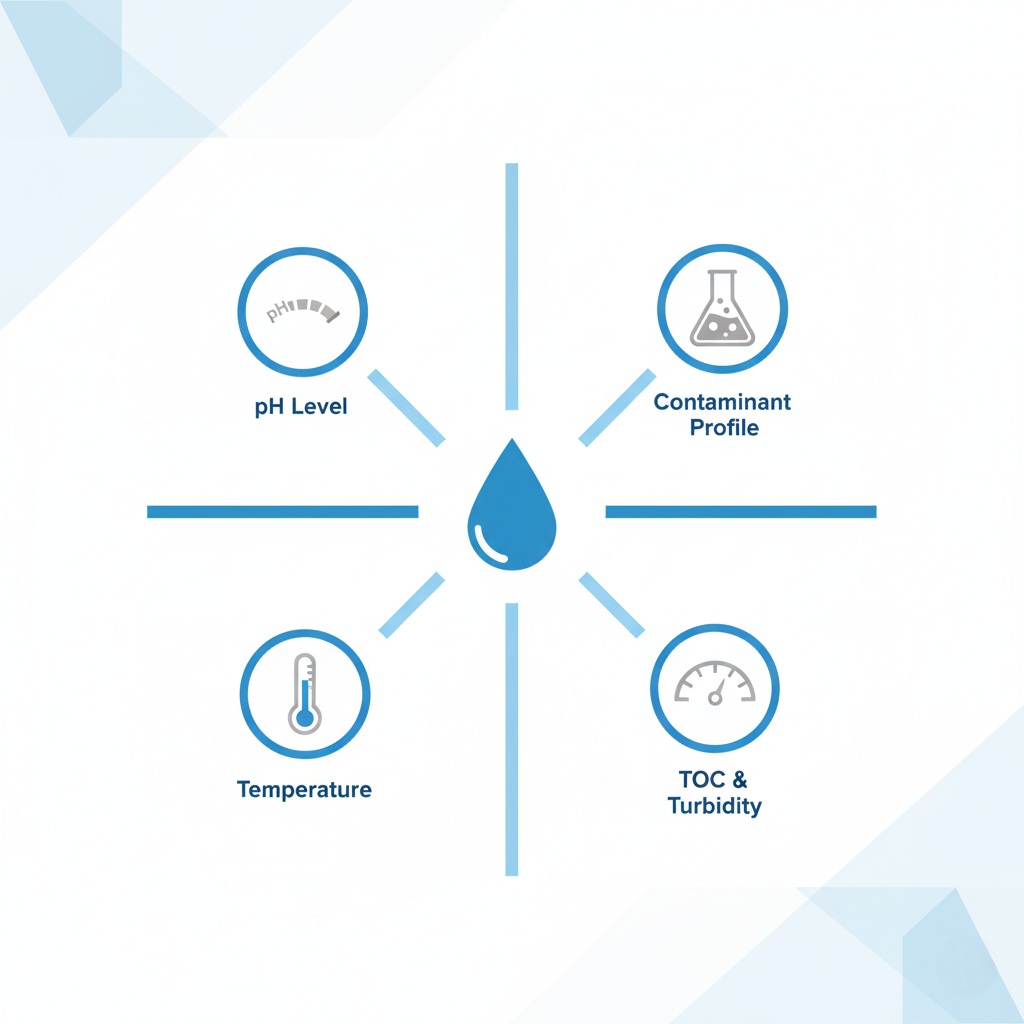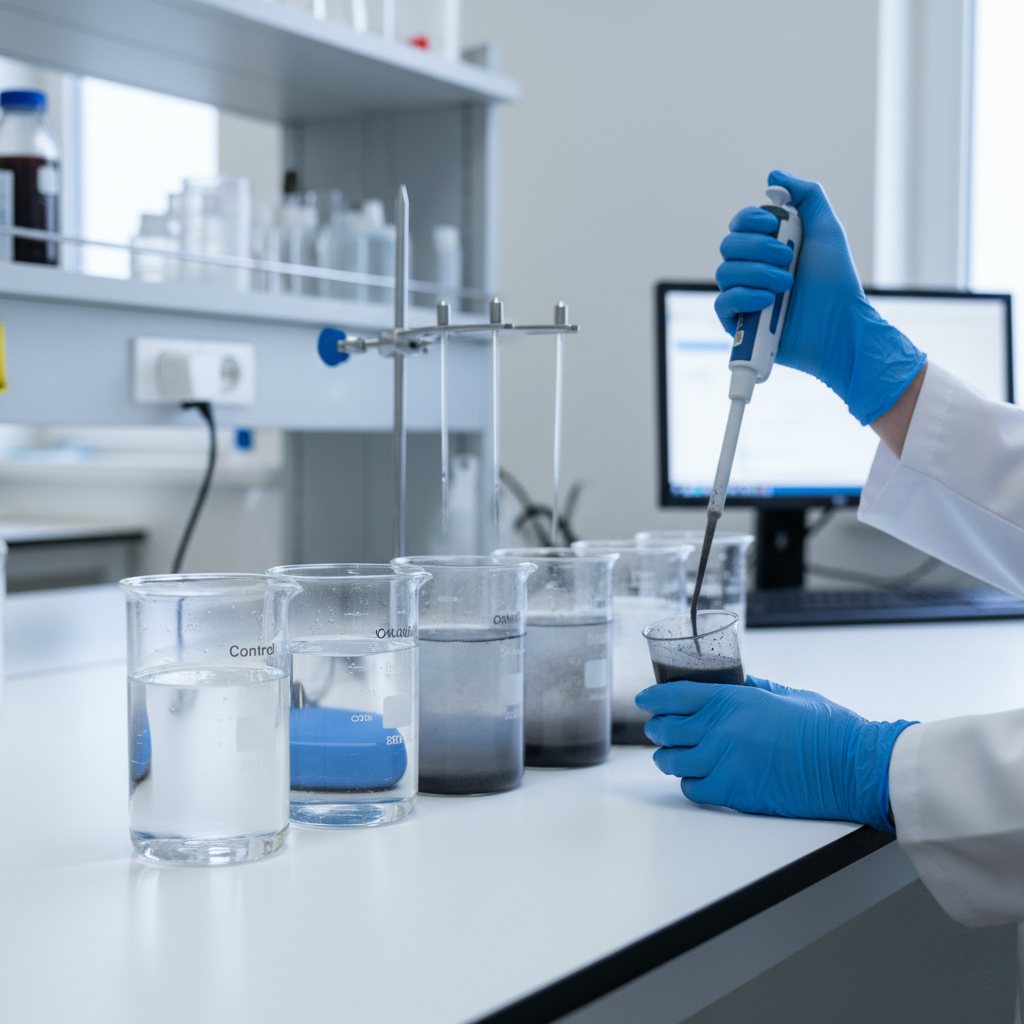1.0 The High Cost of Inefficient Dosing: An Introduction
In any water treatment facility, the chemical feed pumps are the heart of the purification process. However, they can also represent a significant and volatile line item on the operational budget. For powdered activated carbon (PAC), this is doubly true. An underdosed system risks a compliance breach, taste and odor events, or failure to remove critical contaminants. An overdosed system, however, is just as problematic—it burns through budget with alarming speed, increases sludge production, and offers diminishing returns. The fine line between effective treatment and financial waste is drawn at the dosing panel. This guide is for the operators and engineers who walk that line daily. It moves beyond basic theory to provide a practical, field-tested framework for optimizing your PAC dosing strategy, ensuring every gram of carbon delivers maximum performance and value.
2.0 Foundational Principles: Why Dosing Strategy Matters
Optimizing a PAC system begins with a firm grasp of the core scientific principles that drive its efficacy. PAC works in minutes, unlike processes that take hours, making the initial dosing strategy paramount. Two fundamental concepts govern its success: adsorption kinetics and contact mechanics.
2.1 Understanding Adsorption Kinetics and Surface Area
Think of a single gram of powdered activated carbon not as a solid, but as a vast network of microscopic pores and caverns. This structure gives it an astonishingly high surface area—a single pound equals over 100 acres. When PAC is introduced into water, contaminants are rapidly drawn into this pore structure through adsorption. The “powdered” form is critical; its fine particle size maximizes the immediately available surface area, allowing for extremely rapid kinetics. This means most contaminant removal happens within the first few minutes of contact, a crucial factor that dictates where and how PAC must be introduced into the treatment train.

2.2 The Critical Role of Contact Time and Mixing Energy
Because the adsorption reaction is so fast, effective contact is non-negotiable. The goal is to ensure every particle of PAC is thoroughly dispersed throughout the water, maximizing the probability of a collision with a contaminant molecule. This is achieved through controlled mixing energy. Injecting PAC into a low-flow, quiescent zone is akin to pouring it into a stagnant pond—most of it will settle without doing its job. Conversely, injecting it into a high, turbulent energy zone ensures rapid, uniform distribution. The injection point must be strategically chosen to provide sufficient contact time before the water moves to the following process (e.g., coagulation or filtration). This allows the incredibly fast adsorption kinetics to work to their full potential.
3.0 Key Variables Influencing PAC Dosage Requirements
There is no universal “set-and-forget” dose for PAC. The optimal feed rate is a dynamic target, influenced by your source water’s unique and constantly shifting characteristics. Mastering these variables is the first step toward proper optimization.

3.1 Target Contaminant Profile and Concentration
The primary driver of your dose is what you are trying to remove. Different compounds have different affinities for activated carbon.
- Taste and Odor (T&O) Compounds: Geosmin and MIB are typically well-adsorbed and may require 5-20 mg/L doses.
- Synthetic Organic Chemicals (SOCs): Pesticides, industrial solvents, and emerging contaminants like PFAS have varying adsorption rates. Hard-to-remove compounds may require significantly higher doses.
- Natural Organic Matter (NOM): While not always the primary target, NOM can be a precursor to disinfection byproducts (DBPs) and is a key factor in overall water quality.
3.2 Impact of Raw Water Matrix: TOC and Turbidity
You are never just removing a single target contaminant in isolation. The background water quality creates “competitive adsorption.” The largest competitor is Total Organic Carbon (TOC), a measure of the total amount of natural organic matter. These organic molecules will adsorb onto the PAC, occupying active sites that would otherwise be available for your target contaminant. Therefore, a high-TOC water source will always require a higher PAC dose to achieve the same target removal as a low-TOC source. High turbidity can also foul carbon particles, reducing their effectiveness.
3.3 The Influence of Water Temperature and pH
The chemical environment of the water plays a subtle but essential role.
- Temperature: Adsorption is generally an exothermic process, meaning PAC performs slightly better in colder water. As temperatures rise during summer, a slightly higher dose may be needed to achieve the same removal efficiency.
- pH: The pH of the water can alter the surface charge of both the carbon particles and the contaminant molecules. For many organic compounds, adsorption is more favorable at a slightly acidic pH. Understanding your water’s typical pH range is crucial for consistent performance.
4.0 A Framework for Determining and Optimizing Your Dose
Understanding the influencing variables allows you to implement a systematic process to find and maintain the optimal dose. This framework moves from controlled laboratory testing to full-scale application and continuous improvement.
4.1 Step 1: The Essential Role of Bench-Scale Jar Testing

Jar testing is the most effective tool for determining the correct PAC dose. It is a small-scale simulation of your plant’s treatment process that allows you to test multiple doses simultaneously without impacting full-scale operations.
- Collect a representative sample of the raw water you wish to treat.
- Prepare a series of jars (typically six) with the water sample.
- Dose each jar with a different amount of PAC, leaving one as a control (zero dose). Your dose range should bracket your expected requirement (e.g., 0, 5, 10, 15, 20, 30 mg/L).
- Simulate your plant’s mixing conditions (rapid mix, slow mix, settling time) as accurately as possible.
- Test the treated water from each jar for the target contaminant.
- Plot the results (contaminant concentration vs. PAC dose) to find the lowest dose that achieves your treatment goal.
4.2 Step 2: Scaling Up: From Jar Test to Full-Scale Feed Rate
Once your jar test identifies a target dose in mg/L, you must translate that into a feed rate for your slurry system (e.g., lbs/day or gal/min). The basic calculation is:
Feed Rate (lbs/day) = Plant Flow (MGD) × Dose (mg/L) × 8.34
This calculation provides the starting point for your full-scale system. Always begin with the dose identified in the jar test and be prepared to make minor adjustments based on real-world performance. Factors like slurry concentration and pump calibration must be verified to ensure the calculated dose is delivered accurately.
4.3 Step 3: Real-Time Monitoring and Continuous Adjustment
Optimization is not a one-time event. Source water quality can change seasonally, after a rain event, or due to upstream activity. A robust monitoring program is essential for continuous optimization.
- Track Key Performance Indicators (KPIs): Regularly monitor influent and effluent concentrations of your target contaminant and TOC levels.
- Log Dosing Adjustments: Keep a detailed log of all changes to the PAC feed rate and the corresponding impact on treated water quality.
- Conduct Proactive Jar Tests: When you know a source water change is coming (e.g., seasonal lake turnover), conduct jar tests to determine the necessary dose adjustment before water quality is impacted.
5.0 Leveraging Technology for Advanced Dosing Control
While manual control and jar testing are the bedrock of PAC optimization, modern technologies offer higher precision and proactive control, further reducing chemical waste and improving compliance assurance.
5.1 Real-Time Feedback with Streaming Current Monitors
Streaming Current Monitors (SCMs) can provide invaluable real-time feedback for plants using PAC in conjunction with coagulation. These online instruments measure the net ionic and colloidal charge in the water. Changes in source water TOC or other characteristics will cause a change in the SCM reading, instantly alerting operators to a shift in water quality. This allows for proactive PAC dose adjustments before the shift impacts downstream processes, moving from a reactive to a predictive control model.
5.2 The Future of Dosing: Predictive Analytics and AI Models
The next frontier in dosing control involves using artificial intelligence (AI) and machine learning. These advanced systems can simultaneously analyze dozens of data points—including historical performance, real-time sensor data (flow, turbidity, TOC), and even external weather forecasts—to predict the optimal PAC dose. By identifying complex patterns invisible to the human eye, these models can automate micro-adjustments to the feed rate, ensuring the system continuously operates at peak efficiency, minimizing chemical usage while guaranteeing compliance.
6.0 Achieve Peak Performance with a Dosing Expert
Mastering powdered activated carbon dosing is a journey from reactive problem-solving to proactive process control. It transforms PAC from a simple chemical commodity into a precision tool for water purification. By understanding the core principles of adsorption, systematically evaluating key water quality variables, and implementing a rigorous framework of testing and monitoring, you can unlock significant cost savings and unparalleled treatment consistency. The result is a more resilient, efficient, and reliable operation. When ready to take your system’s performance to the next level, partnering with a technical expert can provide the specific insights and application support needed to turn your optimization goals into reality.

